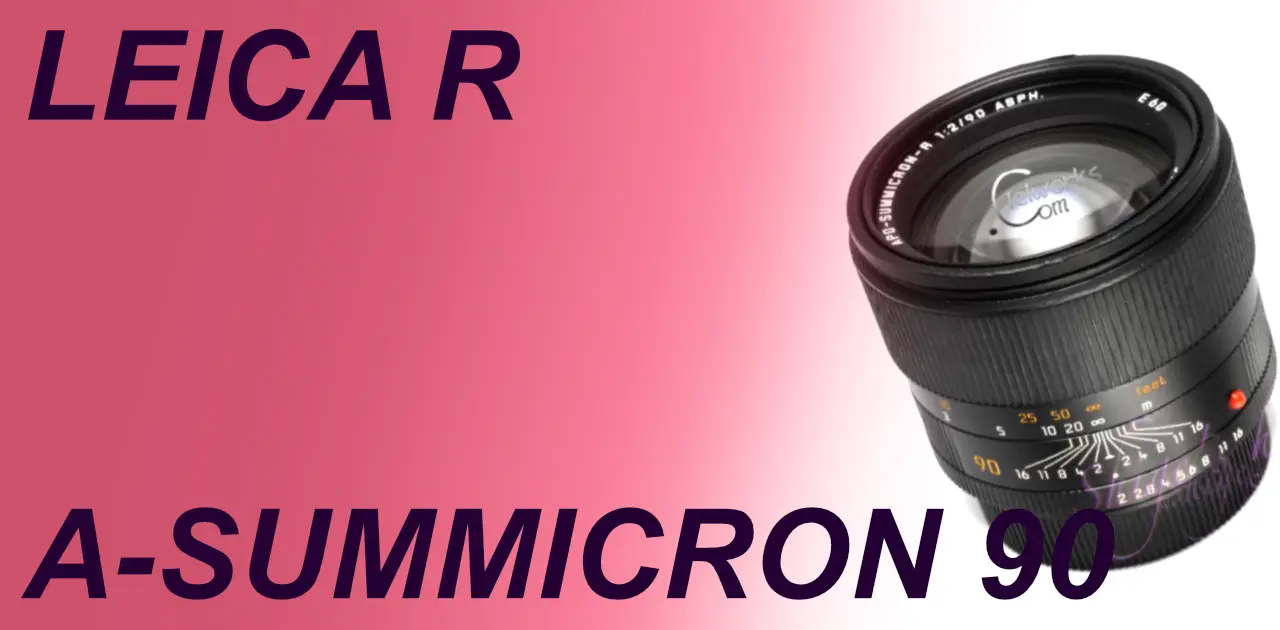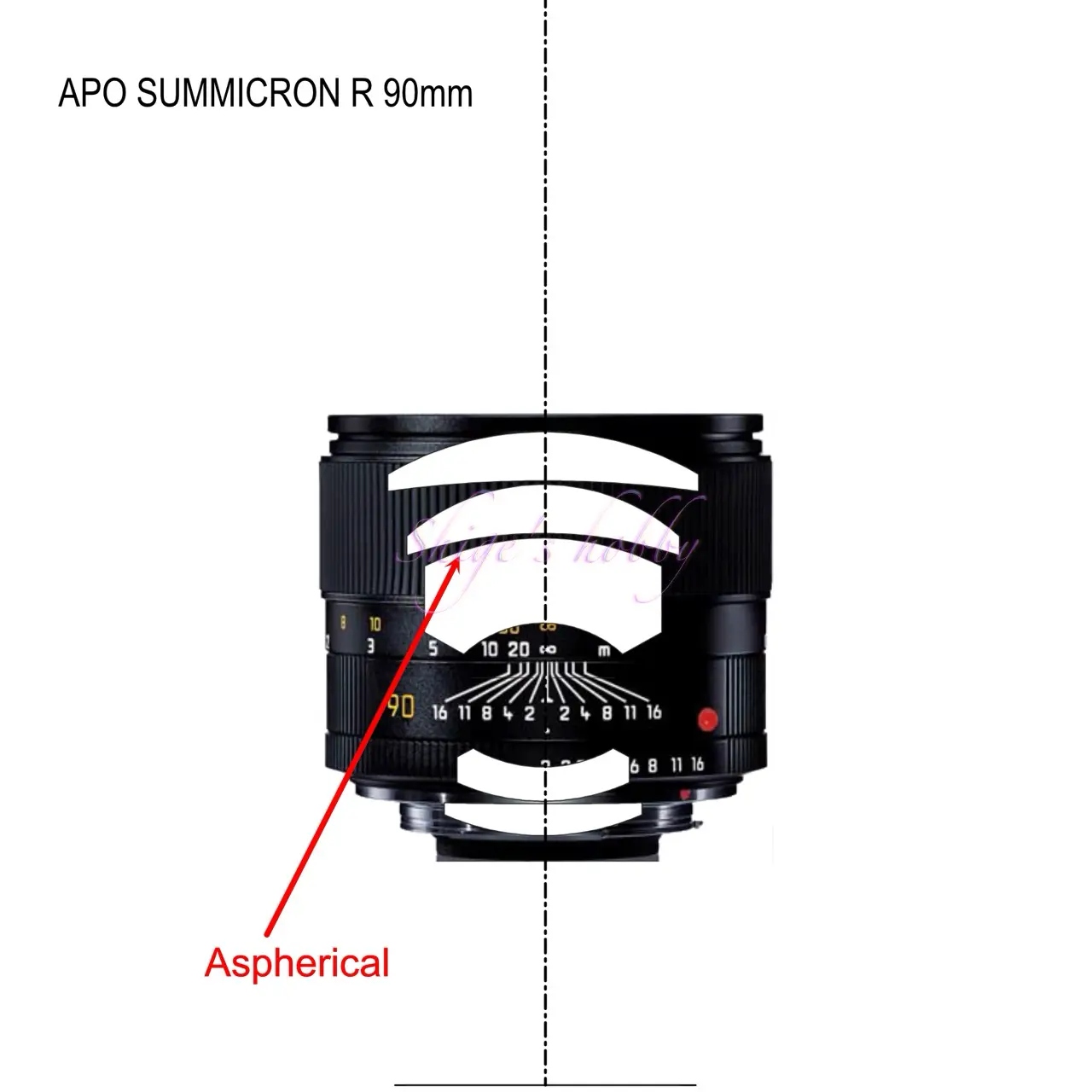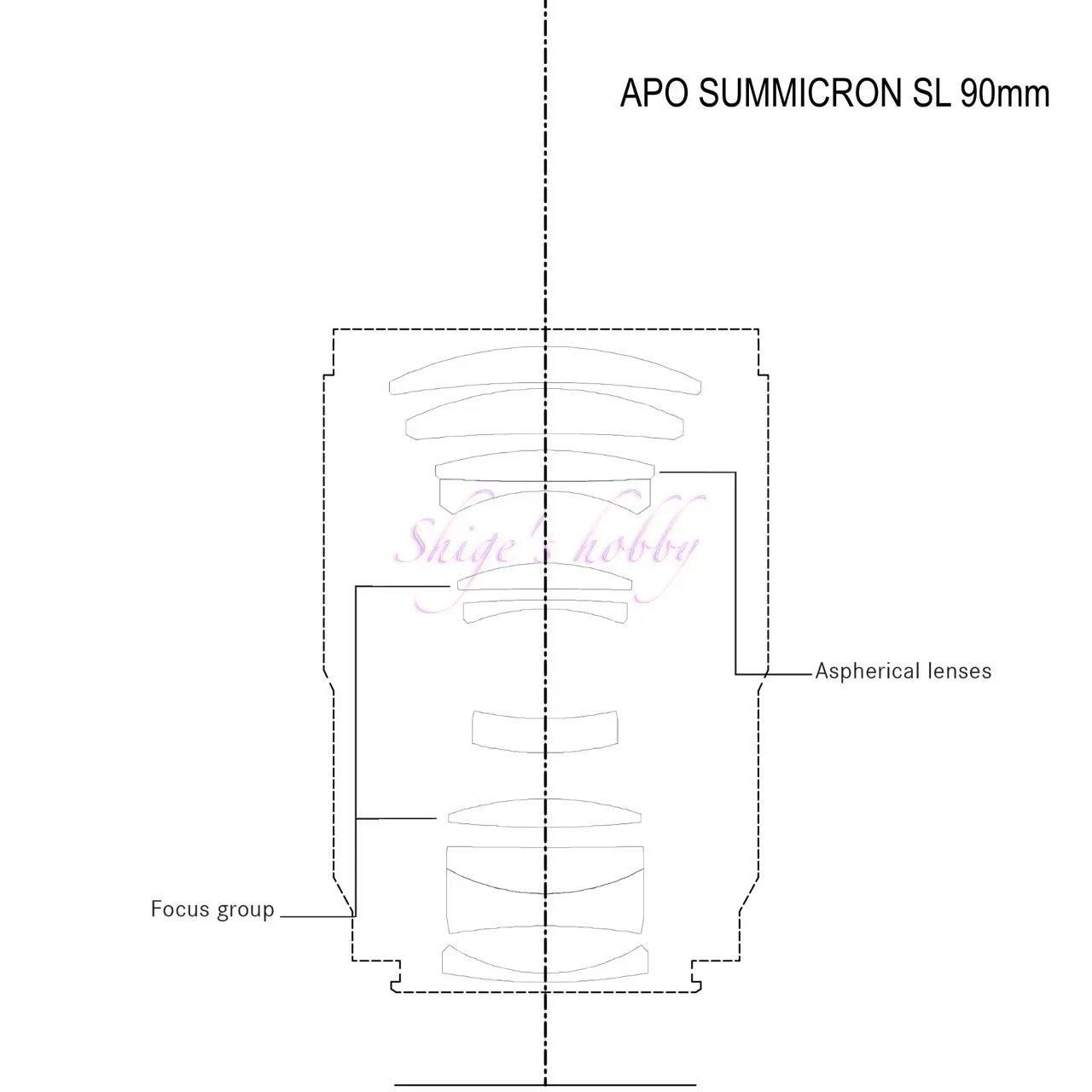LEICA APO SUMMICRON R 90mm ASPH.

Rare R mount medium telephoto lens
Review and photo examples of APO-Summicron-R 90mm ASPH. , a telephoto lens for Leica R
Table of contents
Gallery
- Photo example 1: LEICA M typ240
- CANON EOS-1Ds MKIII
- HASSELBLAD X2D
Review
1.Overview
The APO SUMMICRON R 90mm ASPH. is a medium telephoto lens with a Leica R mount that was released in 2002.
The main specifications are as follows, and details are listed in the table.
- Aperture value: 2
- Lens construction: 5 elements in 5 groups
- 1 aspherical lens
- Aperture blades: 8
- Minimum focusing distance: 0.7m
- Filter diameter: E60/60mm
- Hood: Built-in hood
2.Usage
The Apo-Summicron R90’s image is flat across the entire screen, but has a sharp depiction at the focal plane.
The bokeh in front and behind is also impeccable, and among the several medium telephoto lenses I own, this is the lens I often choose when it’s important.
It is equipped with a retractable hood at the front of the lens barrel, but it is only extended to a modest extent and does not block light very well. However, it is resistant to backlighting and strange ghosting rarely appears, so I have never had any trouble with the built-in hood.
The lens barrel design has a straight shape with no bumps, which is common to the new generation of R-mount lenses, and is different from the Apo-Summicron M90’s design that tapers towards the mount.
The Apo-Summicron R90 is also about 180g lighter than the Summilux R 80mm, one of the popular lenses, so it balances well when attached to a small mirrorless camera.
The R-mount and M-mount Apo-Summicrons have the same structure. Before I got my hands on an R-mount APO-Summicron, I owned an M-mount APO-Summicron, so I had the luxury of owning both lenses for a while.
Looking at my past shooting results, I noticed that the M-mount tended to be sharp in the center and slightly softer around the edges, while the R-mount tended to be flat across the entire screen with a consistent sense of resolution, and I was surprised to see differences even with the same lens configuration.
I didn’t do a strict comparison of shooting, so it’s possible that this is just what I saw, or that it’s due to individual differences in the lenses.
The only difference in the specs of the two lenses is the minimum focusing distance, which is 0.7m for the R-mount and 1m for the M-mount.
For a medium telephoto lens with a focal length of 90mm, this difference of 0.3m is enough to differentiate them.


This lens was manufactured in 2,000 units over a two-year period from 2002 to 2003, making it a rare lens that rarely appears on the Japanese second-hand market. It occasionally appears on eBay, so it may be easier to obtain it via overseas routes.
It is important to note that overseas transactions have their own inherent risks, so it is difficult to think of them in the same category as domestic mail order sales.
As of 2025, it is possible to purchase new M-mount products, so if you are using them with a mirrorless camera, the M-mount version may be a good choice.
Mount Adapter
The image circle is wide and completely covers the range of the 44*33mm medium format digital sensor used in the HASSELBLAD X2D (X1D / X1DII / X907 / FUJI-GFX). There is plenty of room when used with a 35mm sensor.
When used with the digital mirrorless Leica SL typ601 and the Leica genuine mount adapter, Leica R-Adapter L (16076), the focal length and aperture value are recorded in EXIF. This is useful for lazy people who don’t take notes.
Only the focal length is recorded in EXIF with the DMR (LEICA Digital Module R).
The rear lens of the Apo-Zumi 90R does not protrude much, so it worked without any problems when attached to the EOS-1Ds MKIII via a mount adapter.
3.Summary
In conclusion, the APO SUMMICRON R 90mm ASPH. has an excellent balance between size and image quality, so if you own it, you’ll want to use it from time to time. Another reason for its high frequency of use is that the R mount is highly versatile and can be used with a variety of cameras via a mount adapter.
Specification and Competitor
Let’s compare the specifications of the APO SUMMICRON R 90mm and the APO SUMMICRON SL 90mm released in 2018.
The APO SUMMICRON SL 90mm is a large and heavy lens. There are two reasons for this: it has a large number of glass elements to pursue lens performance with an autofocus mechanism. Also, in order to reduce costs by standardizing the lens barrel size across the APO SUMMICRON series for SL, the lens barrel is large in order to fit focal lengths from 21mm to 90mm into the same barrel.
The image quality of the APO SUMMICRON SL 90mm is probably good, but it would be easier to use if it were kept to about the size of the APO SUMMICRON R 90mm.


| Item | APO SUMMICRON R | APO SUMMICRON SL |
| focal length(mm) | 90 | 90 |
| Maximum aperture | 2 | 2 |
| Minimum aperture | 16 | 22 |
| Lens configuration | 8 | 9 |
| Leaf blade | 5 elements in 5 groups | 11 elements in 9 groups |
| Minimum distance(m) | 0.7 | 0.6 |
| Lens length(mm) | 59.3 (R mount) Flange back 47.4 Total 106.7 | 102 (L mount) Flange back 20 Total 122 |
| Lens max diameter(mm) | 71 | 73 |
| Filter type | 60 | 67 |
| Weight(g) | 520 | 700 |
| Hood | Build in | Bayonet Type |
| Lens mount | LEICA R | LEICA SL |
| Release date | 2002〜2003 | 2018.2.28 |
| Production numbers | 2000 | ? |
Reference links
- APO-SUMMICRON-R 90mm F2 ASPH. Leica wiki
- All about the R-type Leica / Author: Shinichi Nakamura / Edited by Asahi Sonorama Ads by Amazon
- Leica Camera Buying Magazine VOL.1 / Gakken (Published 2003.10.30) (On the first page there is a one-page introduction to this lens.)
- APO SUMMICRON R 90mm F2 ASPH. Leica wiki
- APO SUMMICRON SL 90mm・Leica Official page
- APO SUMMICRON M 2/90 ASPH. (Shige’s hobby)
- SUMMICRON M 2/90 E48(Shige’s hobby)
- SUMMICRON R 2/90 2nd(Shige’s hobby)
- SUMMICRON S 2/100 ASPH. (Shige’s hobby)
Update history
- 2025.4.15
- 2024.9.17
- 2024.02.13:Update article
- 2022.11.02:First draft

Leave a Reply